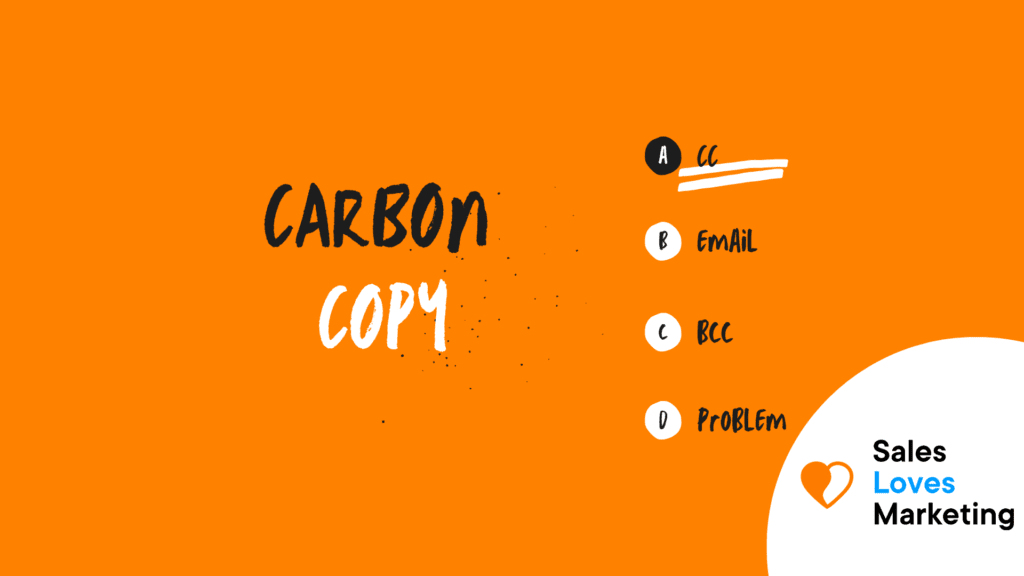What does “CC” mean in email?
The field or option “CC,” “cc” or “Cc” used in commercial communications or an email allows the sender to send a copy of the email to someone other than the recipient in the “To:” field of the email, but that is also important.
For example, if you want to send an email to a client with financial information for a project and you want to keep the manager informed. Then the customer’s email address is entered in the “To:” field and the manager’s email address in the “CC” field.
Because “CC” corresponds to carbon copy initials, it is sometimes written in capital letters; in this case, the possible forms correspond to CC, CC’ing, CC’d, and CC’ed with the apostrophe and CCs, CCing, and CCd without the apostrophe.
When should I use “CC” in email?
From a technical point of view, this option or field works the same as the “TO:” field in an email. This means that it does not matter if an email address is attached in the “To:” field or in the “CC:” field, the email will still be delivered to the recipients, and all of them can see the email address of the recipients. the rest. Why is the “CC” field needed then?
Because when you write an email, the “To:” field or option is for the recipients directly involved in the email, while the “CC” field is for the recipients who receive the email as deference, courtesy, or to stay aware of the information.
Generally, when you receive an email that is named in the “CC” field, you do not have to take any action.
When to use “CC” and “BCC”.
- When you want someone else to have or receive a copy of an email, but they are not among the primary recipients.
- When you want the recipients of the message to know to whom the message has been sent.
What are the problems with the use of “CC” in email?
Mainly, the field or option “CC” is used to keep someone informed or to share the same email with them.
The downside to this is that an exact copy of the same email is created in the recipient’s inbox. This can lead to rapid inbox saturation. For example, a manager of a large company puts a “CC” on all emails sent, or if all employees put the option “CC” on all emails that they send other colleagues so that the manager or boss is aware.
In addition to this, the emails also take up unnecessary space in the storage of the email accounts. If these emails contain attachments (images, videos, documents), these attachments are also copied and delivered to all recipients named in the “CC” fields. Mail servers will fill up quickly, resulting in slow email service and even crash.
Finally, if an email service is used in a way that works under the mode of charging for each email sent, money is spent unnecessarily for each recipient that appears in the “CC” field.
“CC” vs. “BCC”
When “CC” is sent to recipients in an email, that list of “CCs” can be seen by other recipients. As an example, it can be said that if a “CC” message is sent to peterp@onexample.com and wendy@onexample.com in an email, peter and wendy will know that the other also received the same email.
“BCC” stands for “Blind Carbon Copy.” The difference with “CC” is that only the sender has the option to see the list of “Bcc” recipients. Continuing with the previous example, if peterp@onexample.com and wendy@onexample.com are on the “BCC” list, neither Peter nor Wendy will know that the other person received the same email.
